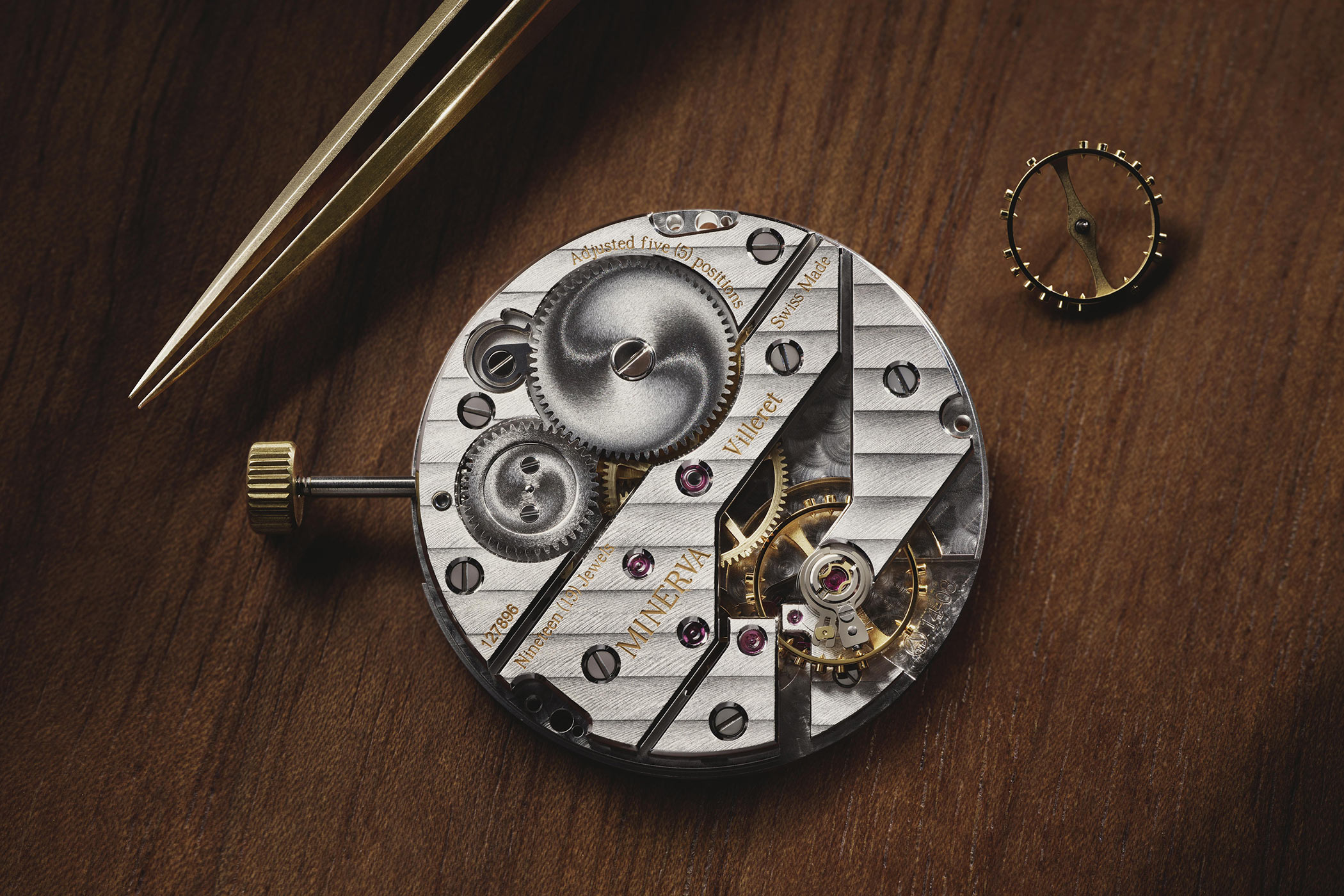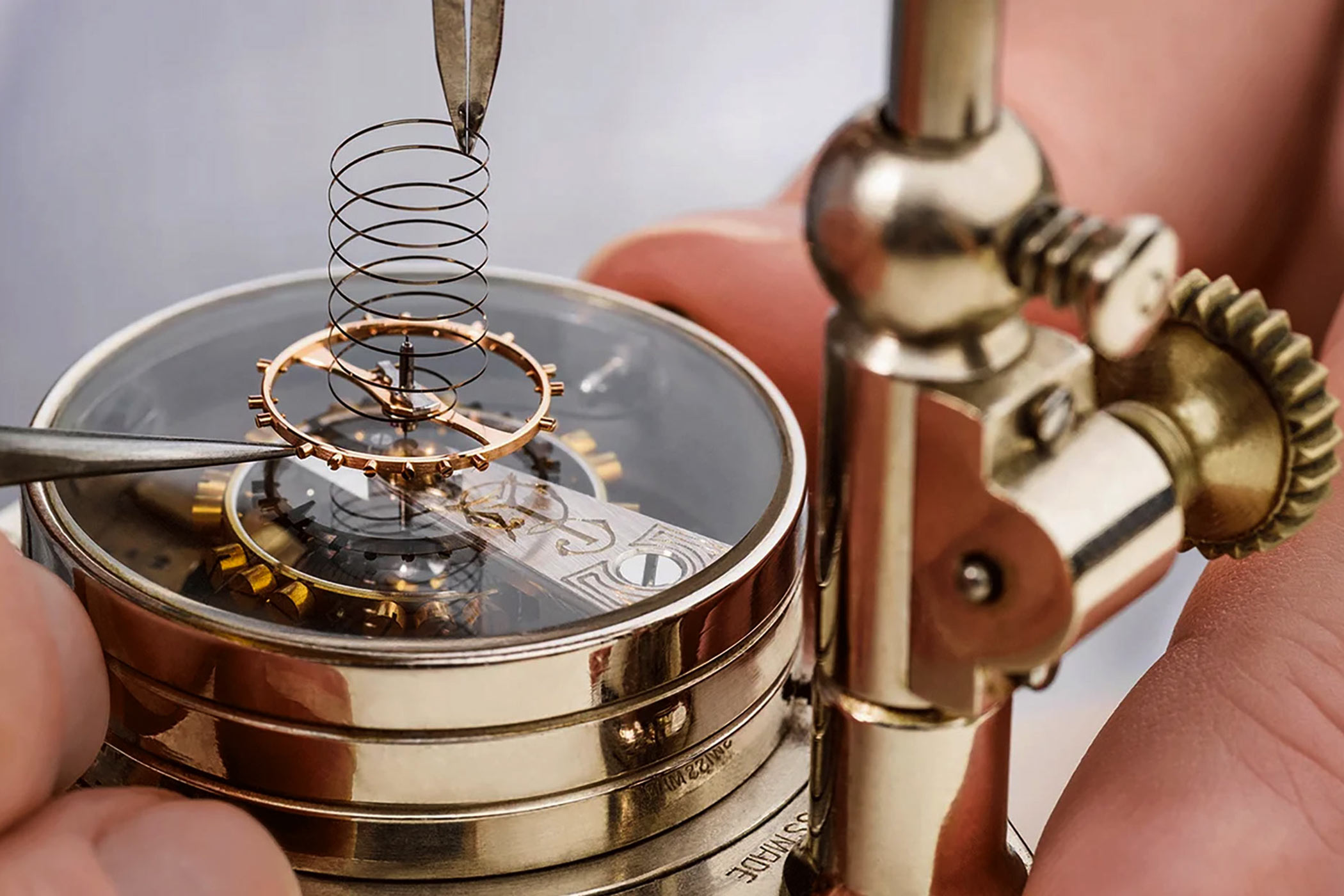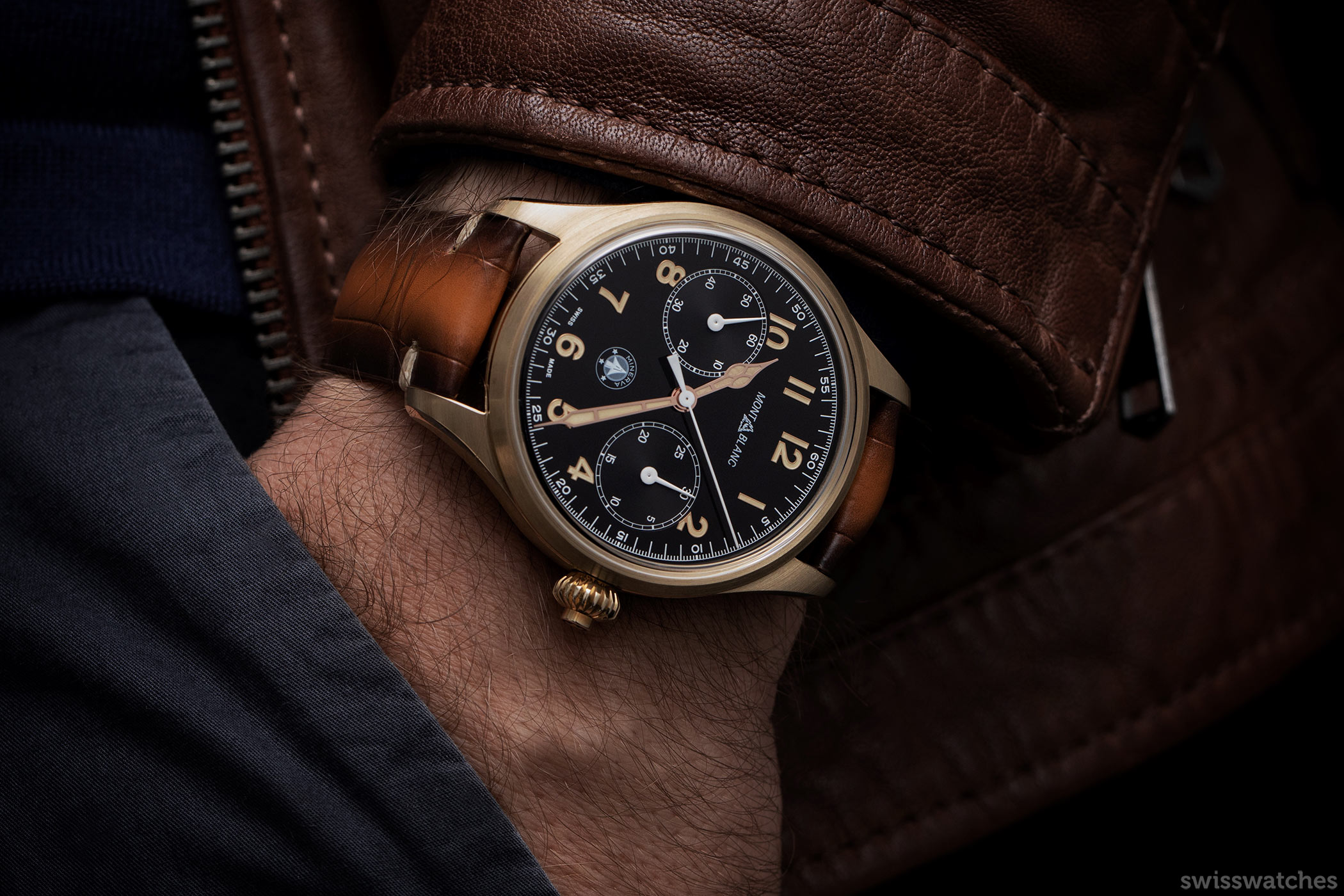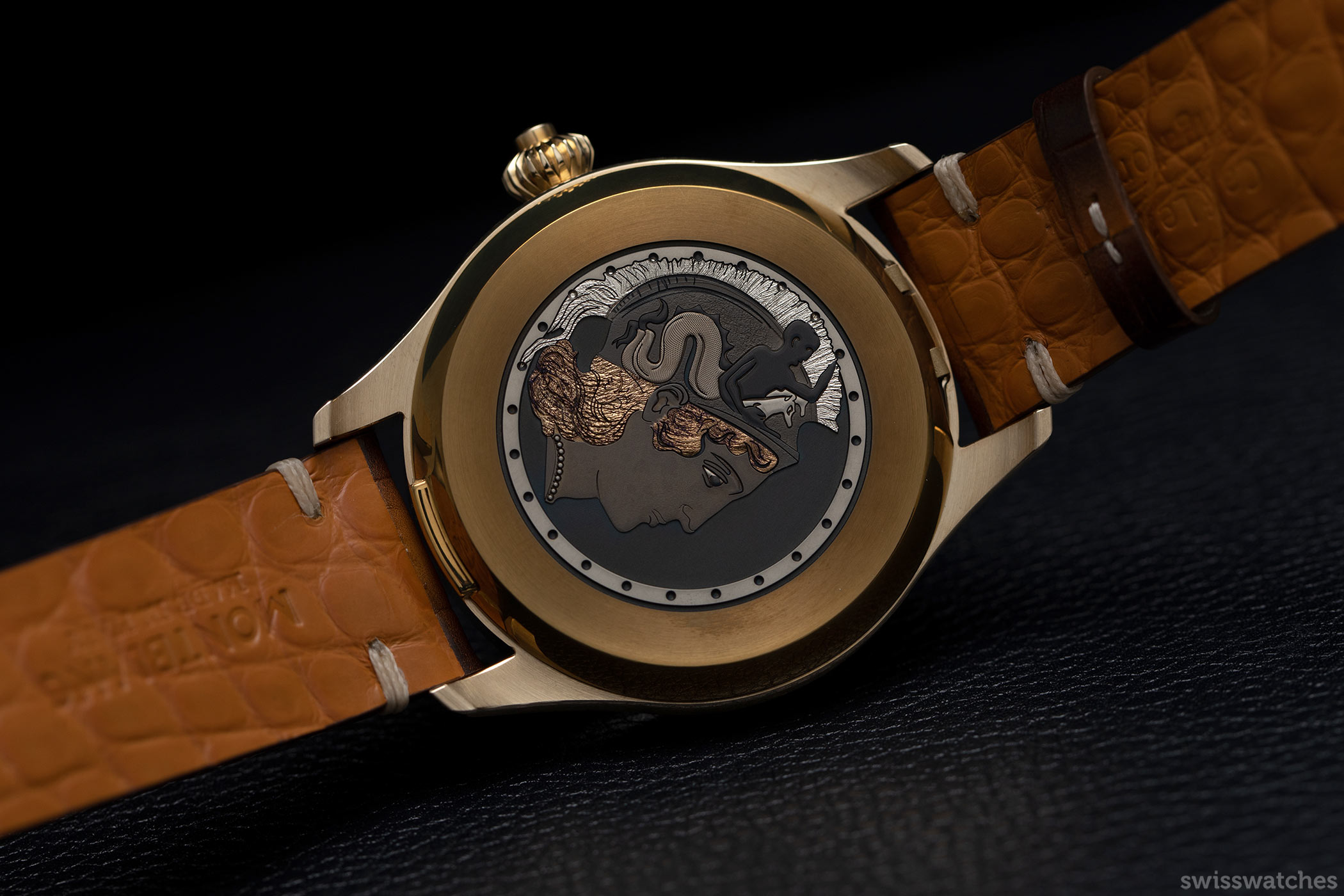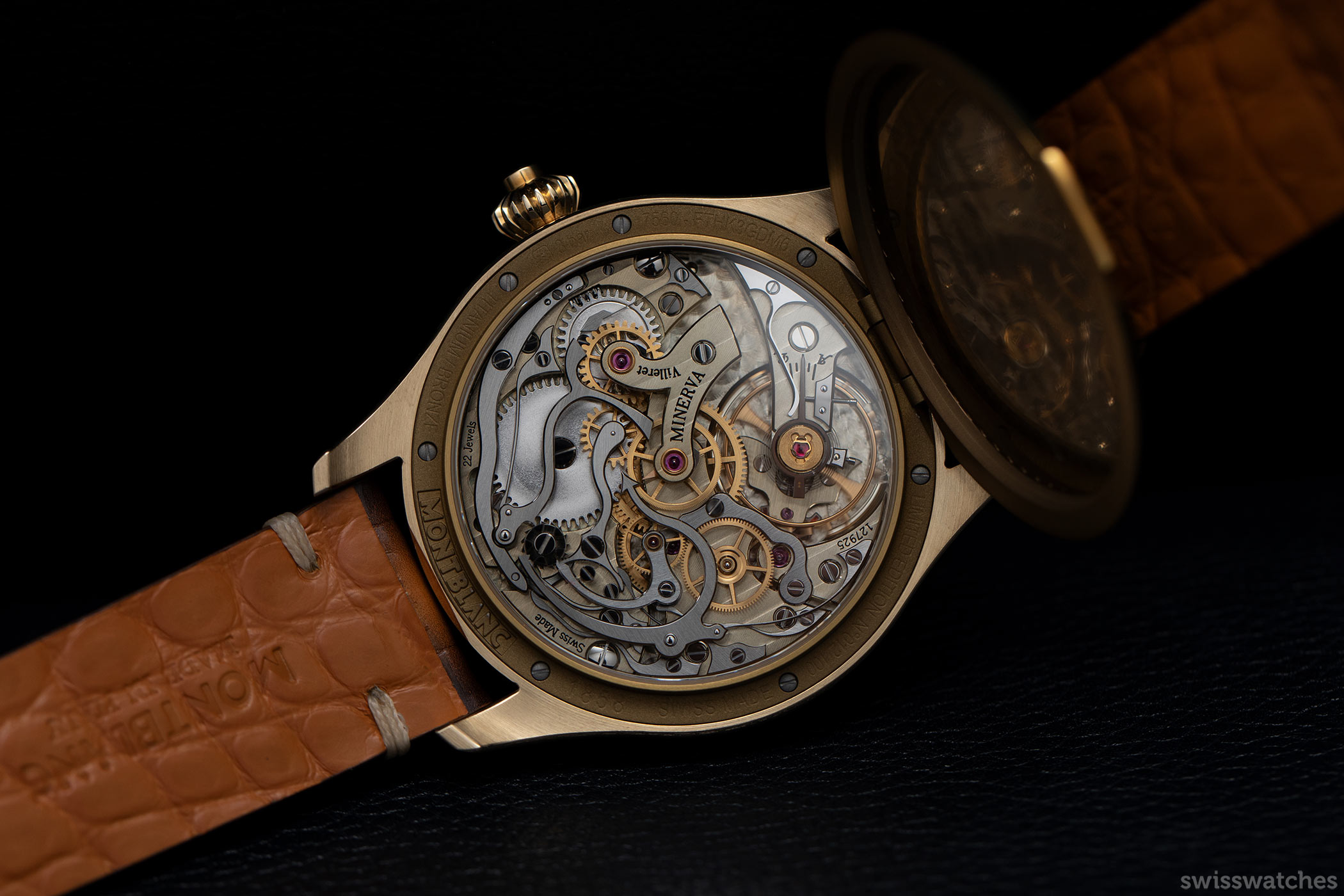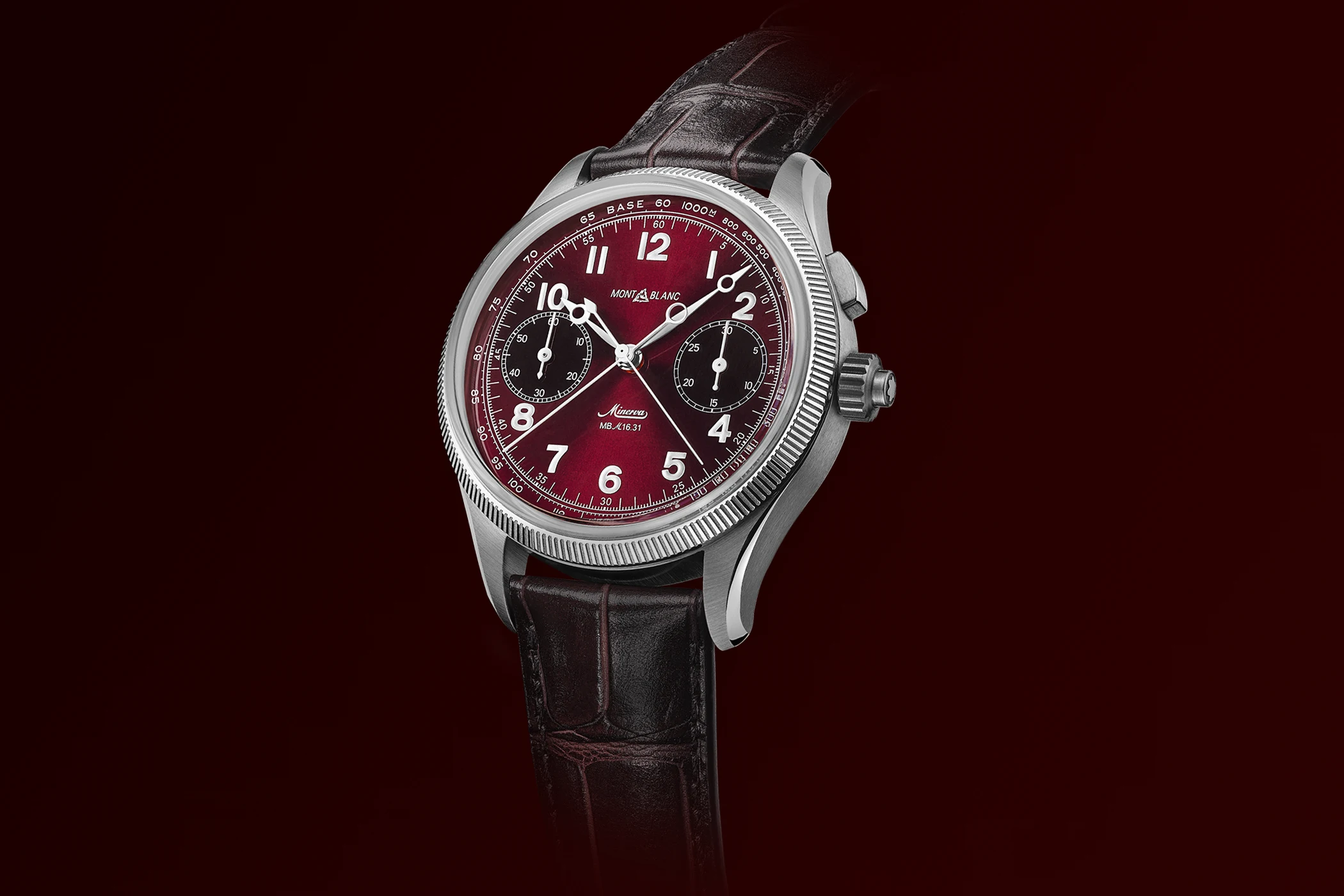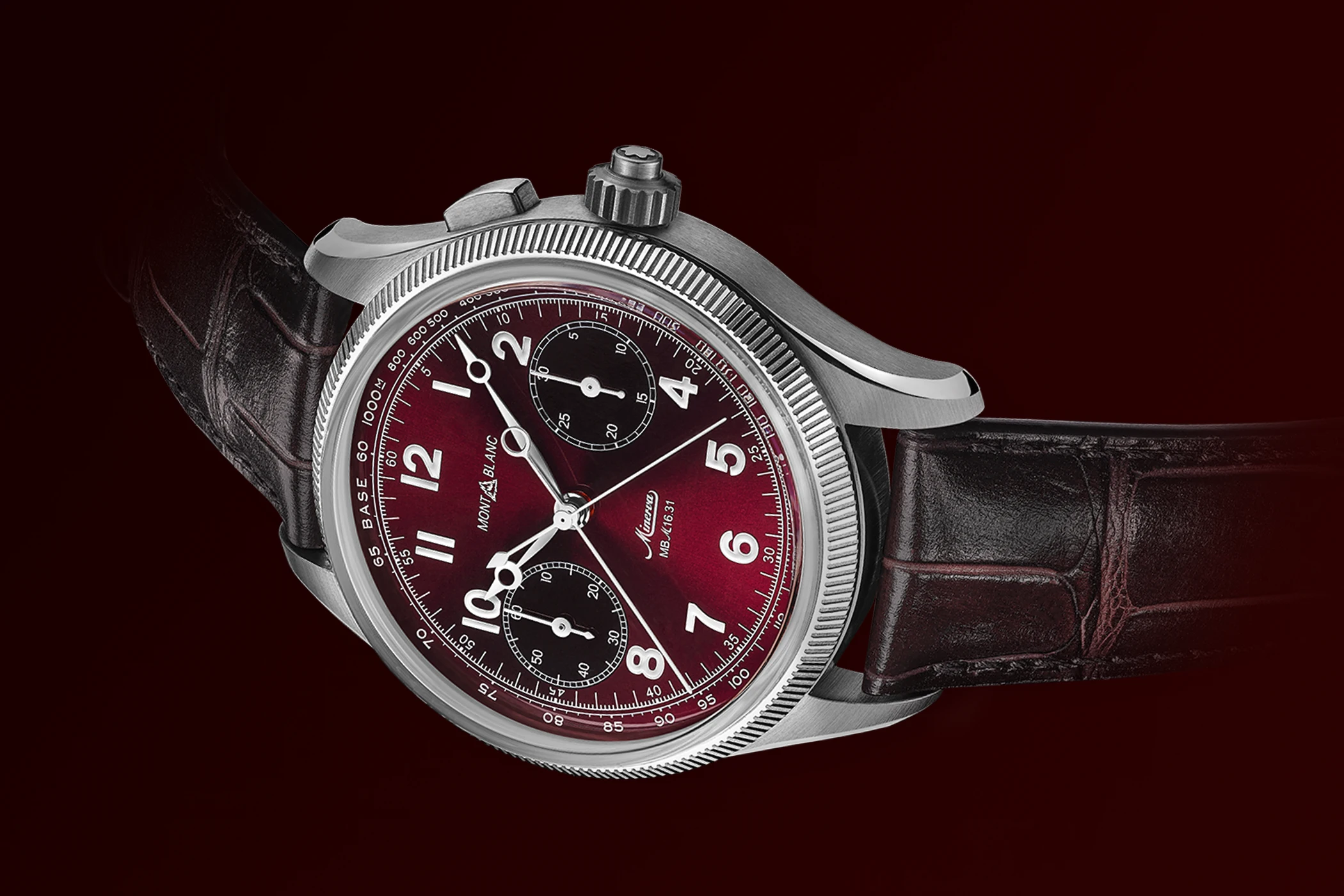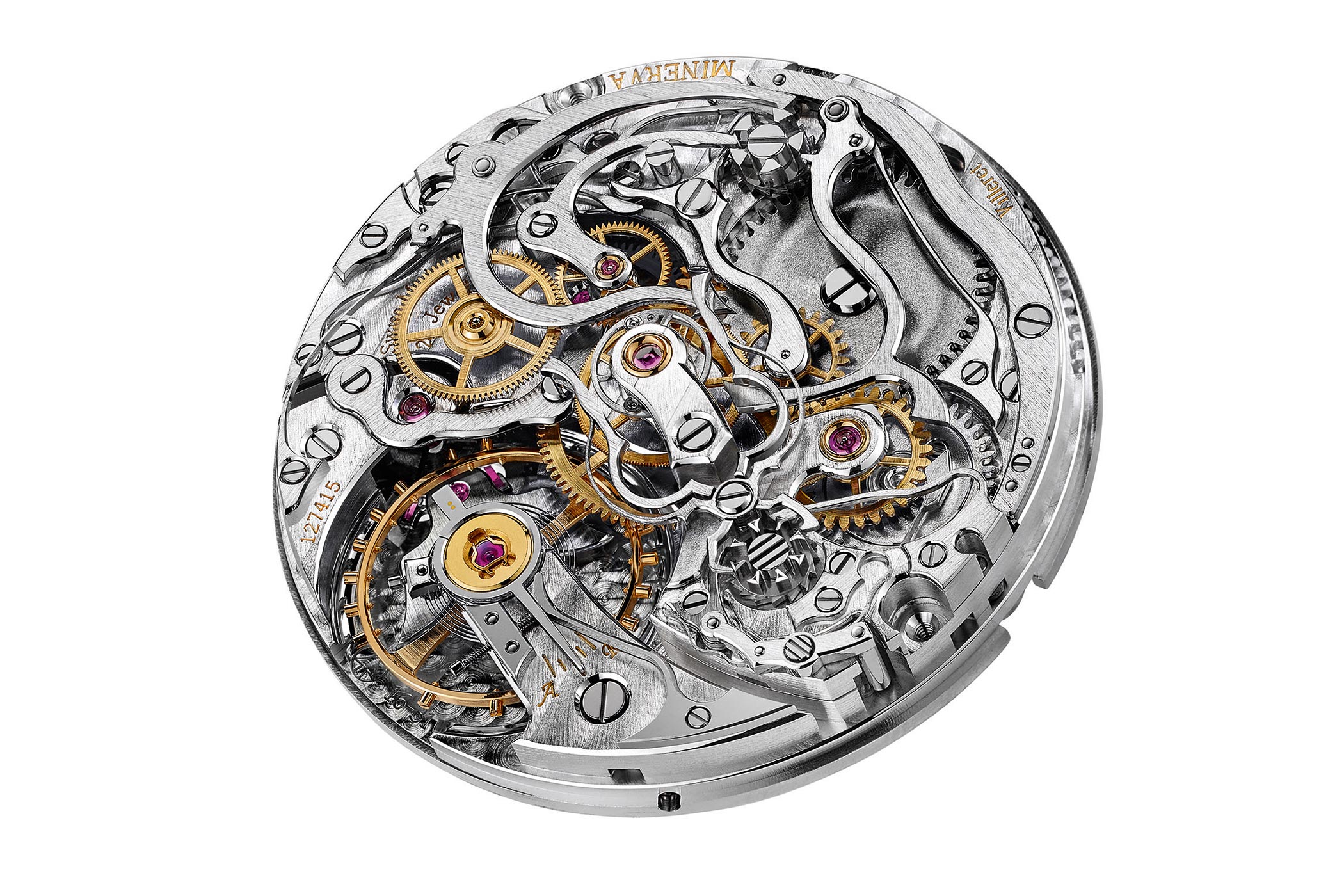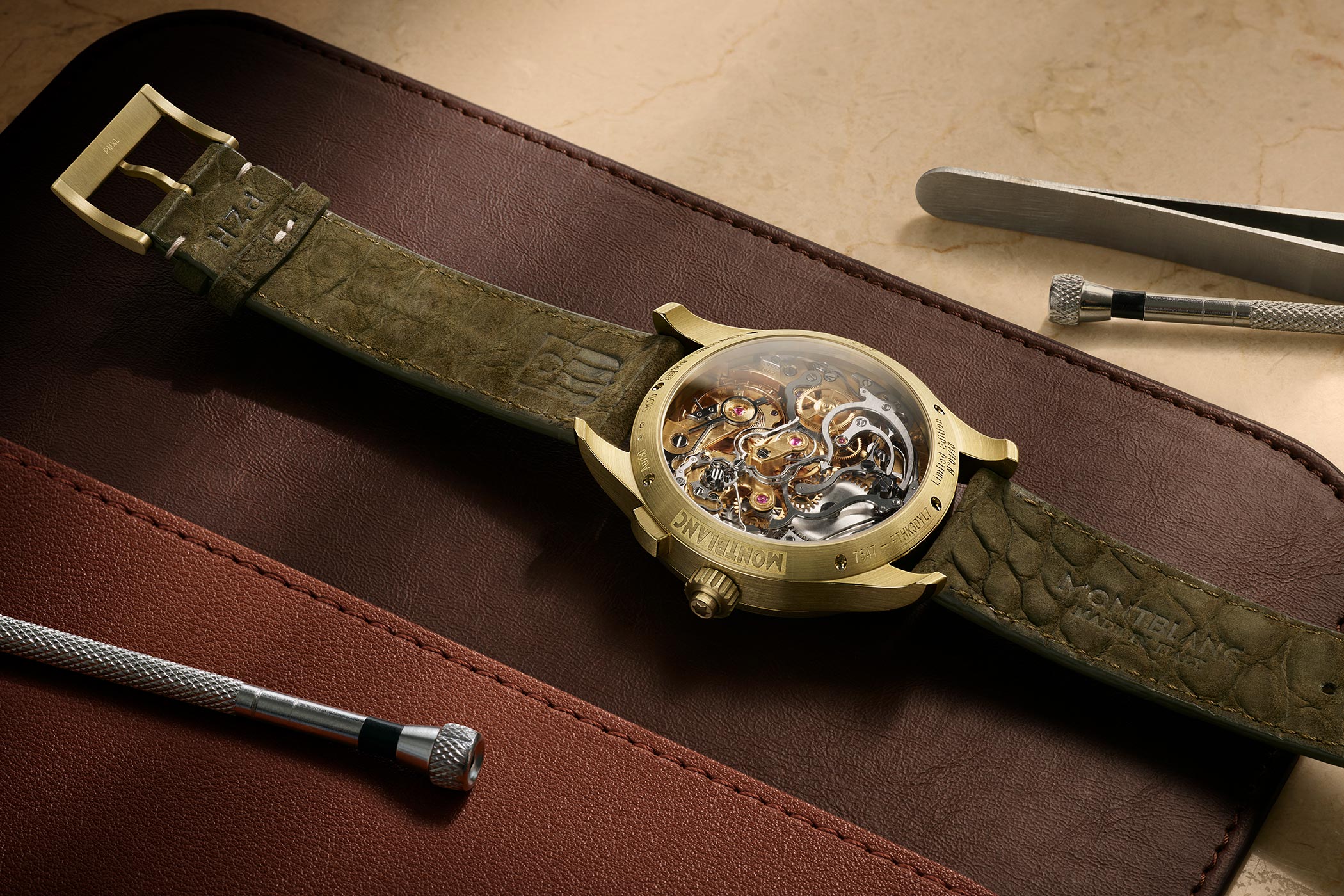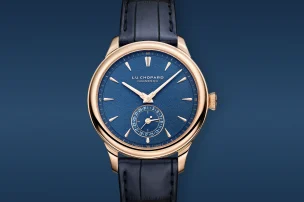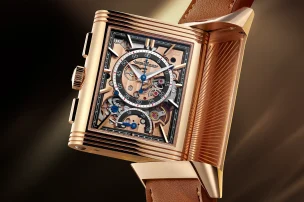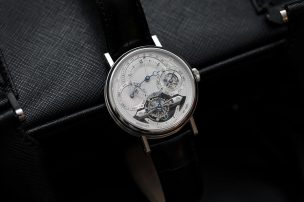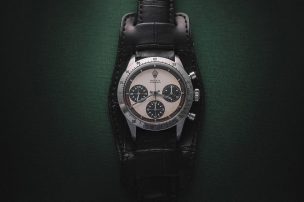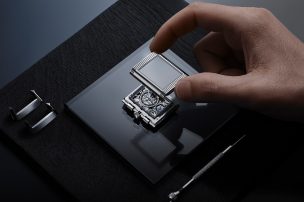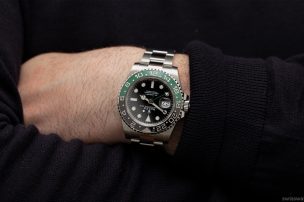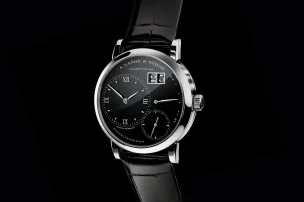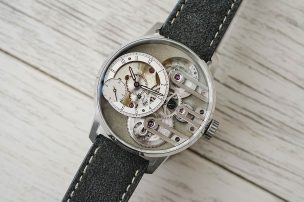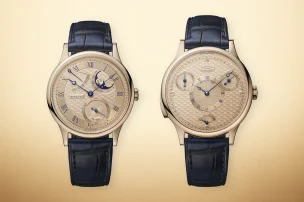
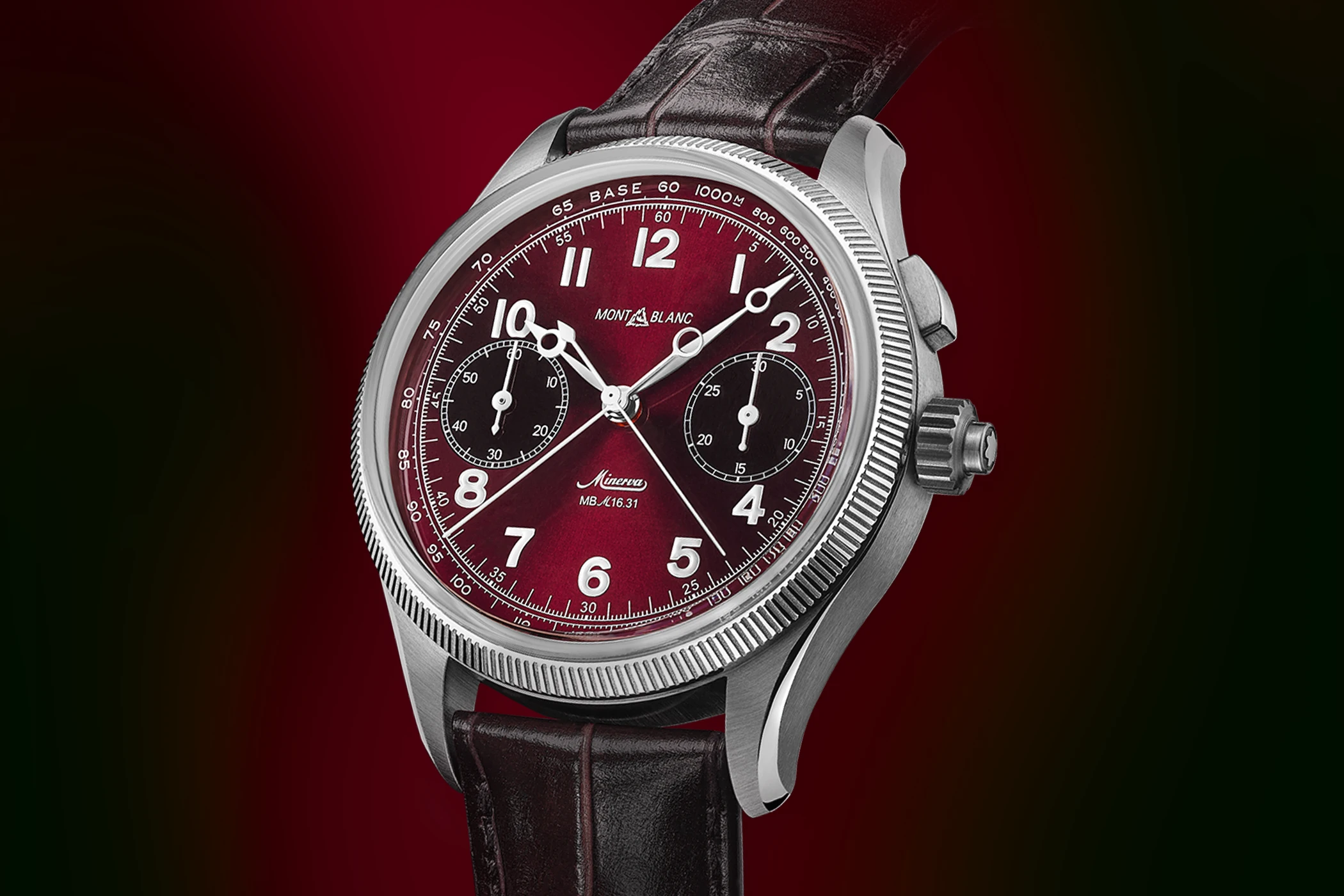
Montblanc is Releasing The 1858 Split-Second Chronograph Limited Edition in Burgundy
For this new release, presented in a deep, rich shade of red, the Hamburg-based luxury brand drew inspiration from a historic Minerva model of the 1930s. The timepiece combines the DNA of the Swiss heritage manufacture with a vibrant colour experience and state-of-the-art technical sophistication.
Founded in 1858, Minerva Manufacture remains a symbol of innovative watchmaking to this day and has specialised in chronographs over the years.
Since 2006, it has been part of the luxury goods giant Richemont, which had already welcomed Montblanc into its prestigious family of brands back in 1993. The leading supplier of exclusive fountain pens and related accessories eventually entered the world of timekeeping in 1997, but for a long time struggled to fully win over the hearts of the watchmaking community. Quite simply, it lacked its own horological tradition and the in-house expertise built up over centuries.
Montblanc and the Stroke of Luck That Was Minerva
Although Montblanc quickly invested in its own premises in Le Locle, at the heart of Swiss watchmaking, this did not automatically elevate the brand into the ranks of the distinguished luxury watch elite. It was only with Richemont’s acquisition of the Minerva manufacture and its astute integration into Montblanc that, quite literally, a new era dawned for the masters of all things writing. The foundations were thus laid for today’s product and collection strategy in the watch segment, and both the depth of production and the level of technical sophistication took a tremendous leap forward.
For Richemont had acquired not only the rights to all Minerva calibres, but also a vast collection of movements, tools, spare parts, and, above all, an abundance of expertise in the field of mechanical manufacture chronographs. In effect, Montblanc had matured into a true manufacture almost overnight – complete with its own calibres and a newly acquired, yet nonetheless genuine, tradition in the production of sophisticated Swiss-made timepieces.
Whether the goddess of wisdom and craftsmanship for whom the manufacture is named had a hand in it is anyone’s guess. In any case, the seamless integration of Minerva into the Montblanc universe proved a true stroke of luck and has since been reflected in what the brand refers to as the third level of its collection structure. This is where the top models reside – all equipped with Minerva movements developed and hand-assembled by a single watchmaker at the manufacture in Villeret. Even the plates, bridges, and balance springs are produced in-house. No more than 100 pieces are made per reference – a rule that also applies to the new 1858 Split Second Chronograph Limited Edition 100.
1858 Split Second Chronograph Limited Edition 100 in Burgundy
The name of this timepiece is anything but smoke and mirrors, as it says a lot about the watch.
First and foremost, there is the number 1858, the founding year of the Minerva manufacture. With the 1858 product line, Montblanc takes its inspiration from Minerva’s professional models of the 1920s and 1930s. Originally designed for military use, these watches were robust, highly legible, and, of course, reliably precise. In the same spirit, the new burgundy-coloured chronograph pays tribute to Minerva’s rich heritage, one that has become so deeply significant to Montblanc.
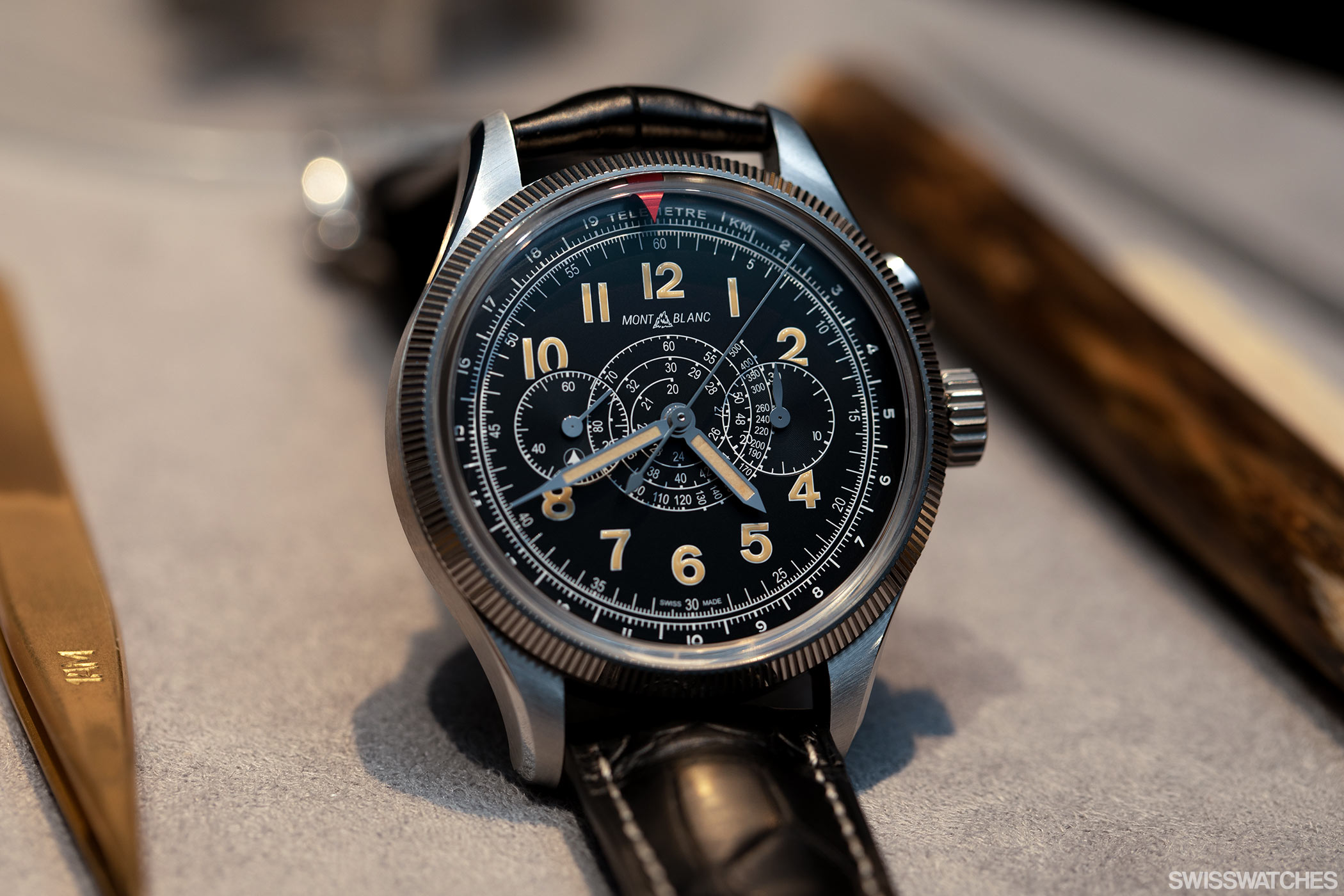
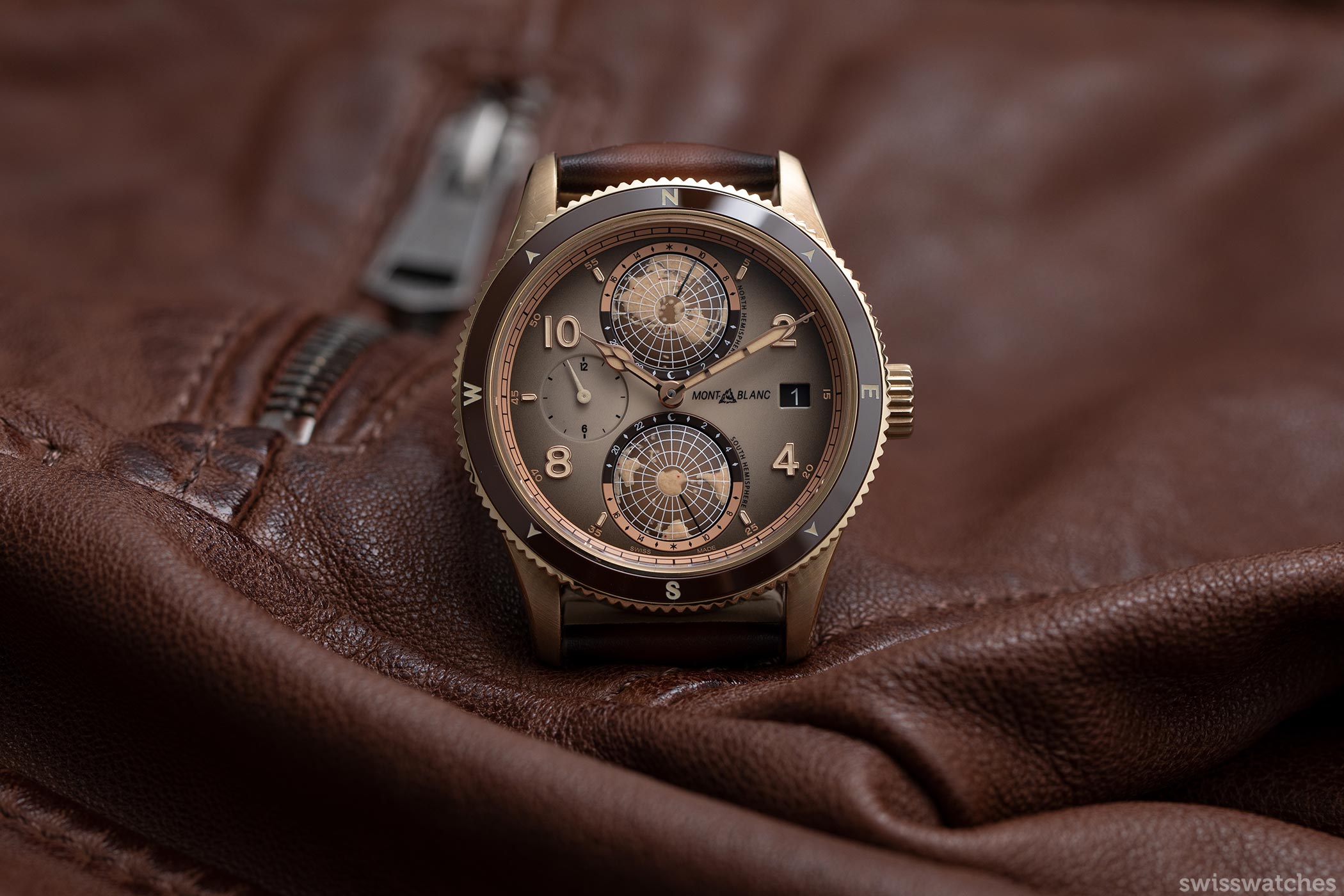
Specifically, the 1858 Split Second Chronograph Limited Edition 100 pays homage to a 42-millimetre military monopusher split-second chronograph from the 1930s.
Double Chronograph and Monopusher
The ‘Split Second Chronograph’ designation highlights the horological expertise of Montblanc or rather Minerva. The ‘split second’ is a complication that allows two separate time intervals to be measured simultaneously. Watches of this calibre are also known as double chronographs, rattrapantes, or split-seconds chronographs. Timekeepers of this sophistication are equipped with two separate seconds hands.
At the start of an event, the main chronograph hand and the split hand run synchronously. The latter can be stopped independently of the main hand to measure an intermediate time, while the other continues to run, tracking the total time. When pressed again, the split hand synchronises with the main hand again.
Let’s turn to another special feature, which, unusually, isn’t reflected in the name – though it certainly deserves mention. Like its 1930s inspiration, the 1858 Split Second Chronograph Limited Edition 100 is a so-called monopusher. This means that start, stop, and reset functions are all controlled via a single pusher recessed into the crown at 3 o’clock. For the split-seconds complication, an additional pusher is added at 2 o’clock.
The Minerva Calibre
This mechanism is driven by the hand-crafted manufacture calibre MB M16.31. Here again, the inspiration comes from the past: namely, the Minerva chronograph calibre 19-09CH from 1909 and its successor, the 17-29. Both were used in pocket watches as well as wristwatches.
The MB M16.31, with a leisurely beat rate of 2.5 Hertz, of course comes from the Minerva manufacture in Villeret. Its 287 components are assembled by a single watchmaker, who ensures that, among other things, the two column wheels, the split-seconds complication, and the horizontal coupling function flawlessly and precisely, while building up a 50-hour power reserve via manual winding. Stability is provided by a V-shaped bridge, a design Minerva had patented as far back as 1912.
The MB M16.31 can be admired through the sapphire crystal caseback, revealing the hand-finished decorations such as Geneva stripes and circular graining.
Impressive Case
The complex movement is housed in a 44-millimetre stainless steel case. Water-resistant to 3 bar, it features a fixed, fluted bezel in 18-carat white gold, lending the model a stylish and elegant retro look. This is further accentuated by the interplay of satin-finished and polished surfaces, as well as the gracefully curved lugs.
Retro-Style Dial
The dial also nods to bygone eras, presented in a rather rare burgundy hue in the world of watchmaking. The intense colour – enhanced by a sunburst finish that catches the light and creates ever-changing highlights – is contrasted by the black subdials and white hands, numerals, and indices. The Arabic numerals are filled with luminous material, while the rhodium-plated hour, minute, and seconds hands are complemented by their white counterparts for the chronograph functions.
The tachymeter scale, a hallmark of Minerva chronographs and a standout feature of its 1930s inspiration, exudes nostalgia of the finest kind. Today, it brings a retro touch to the dial while retaining a practical function.
The dark burgundy calfskin strap with alligator embossing matches the colour of the watch and secures the 1858 Split Second Chronograph Limited Edition 100 to the wrist. Flexibility is provided by the interchangeable system and the fine-adjustment feature of the triple-folding clasp.
Price and Availability
As the name suggests, the 1858 Split Second Chronograph Limited Edition 100 is limited to just 100 pieces. This timepiece, which has flawlessly passed the Montblanc Laboratory Test 500, is priced at 60,000 euros.

